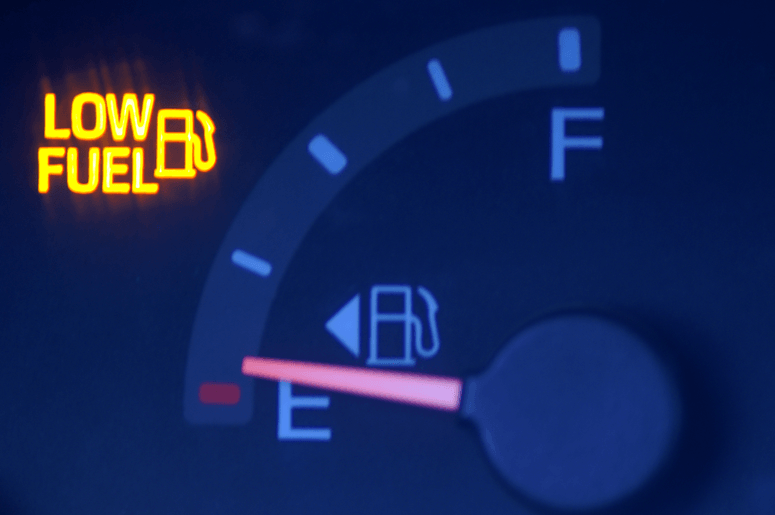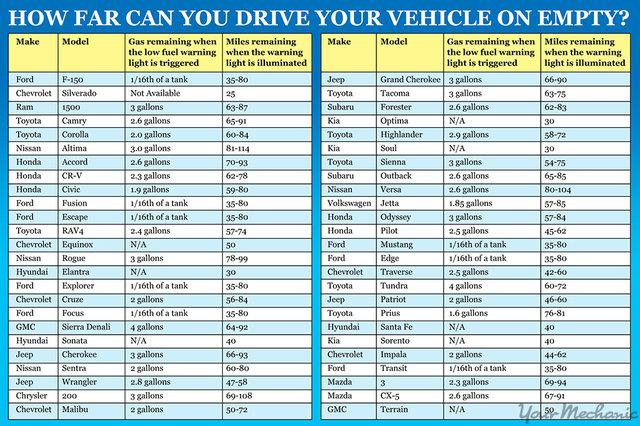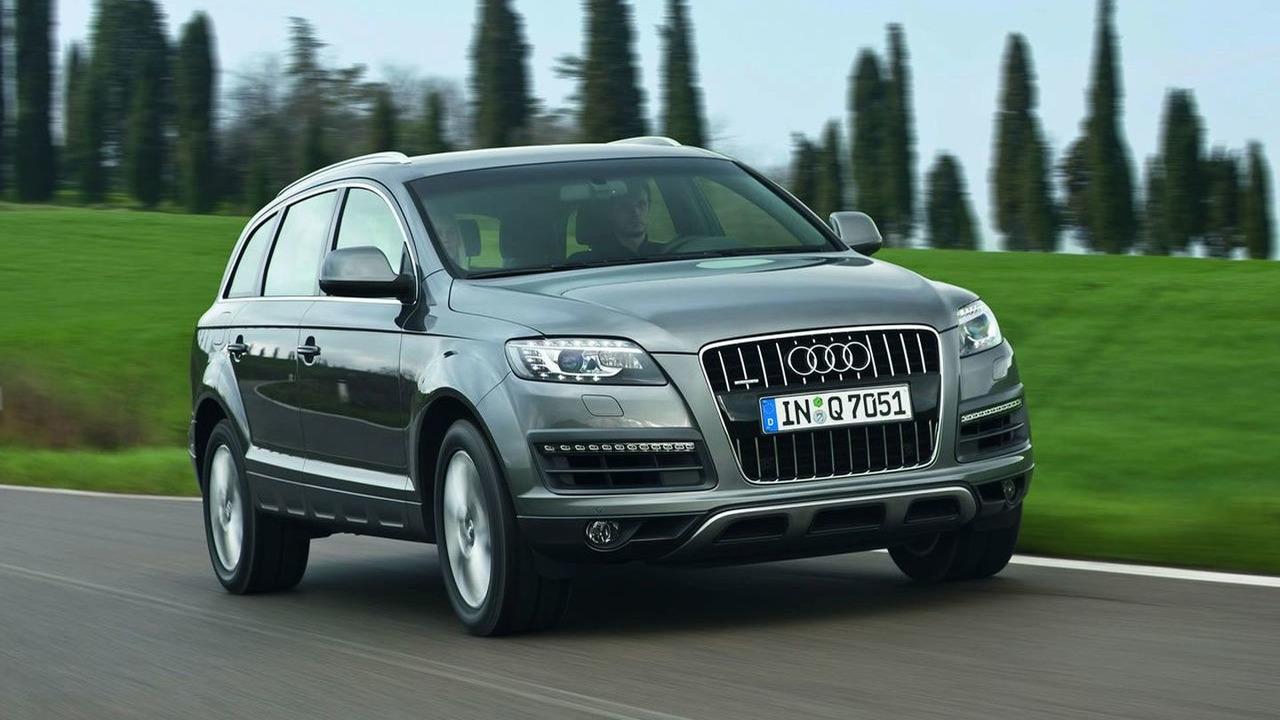How many drivers fill up the fuel the moment it hits half of the tank? Well, only a handful of them, probably. People are more concerned about getting lost, engine failure in a stranded road, or getting stuck in traffic jams.
But, running out of fuel is a real danger that can catch you off guard in the most unexpected place. If that happens, how many miles can you drive on empty? What is the safest number before the car is on fumes and comes to a halt?
Contents
How Many Miles Left When Gas Light Comes On?
There is a common belief that a car can run for 40 to 50 miles after gas light comes on. At least, these are the numbers that the fuel gauge on the dashboard tells you. But, can you trust the reading?
Many drivers ignore the fuel warning light in favor of the distance to empty gauge. It shows the approximate miles that the vehicle can go before running out of gas

The fuel gauge reading is not accurate given that it depends on your driving habits, road conditions, and the average mileage you get on that vehicle.
For example, if you drive mostly on the highway, the reading will be inaccurate when you are in the city or stuck in the traffic.
You have to weigh in some other factors to find out how many miles when gas light comes on.
SEE MORE:
How Many Miles Can You Drive on Empty?
Contrary to popular belief, there won’t be many miles left after the low-fuel warning light comes on. The number varies significantly across various makes and models.
There is a chart made by Your Mechanic showing the numbers for the 50 best-selling cars in the United States in 2015.
The chart shows that you can go 30 to over 100 miles on a nearly empty tank. Obviously, the mileage depends on the car’s model, make, and fuel-efficiency.

Is It Safe to Drive in an Empty Tank?
According to that chart, a Toyota Camry can run for another 65 to 91 miles when left with 2.6 gallons. A Honda Civic can go up to 80 miles on 1.89 gallons while it is highest 83 miles on 2.6 gallons for a Subaru Forester.
You already know how many miles can you drive on empty, but shall you do it? Is it safe to keep driving with a low fuel level or an empty gas tank?
Experts advise against it! Doing so can badly damage your car. When the engine runs without any fuel in the tank, the catalytic converter takes the most of the blow.
You may even need to repair or replace it if you drive the car in that condition for too long.
FAQs
1. How many miles can you typically drive once the fuel indicator shows empty?
The distance you can drive on an empty tank varies depending on the vehicle model, driving conditions, and driving habits.
Most cars can travel between 25 to 50 miles after the fuel light comes on, but this is not a guaranteed range.
2. Does driving on empty harm the car’s engine?
Driving on an empty tank can be harmful to your car. It can lead to the fuel pump overheating and failing, as it relies on the fuel for cooling and lubrication. Additionally, sediment in the tank can be drawn into the fuel system, potentially causing blockages.
3. Why do some cars seem to go further on empty than others?
Different cars have varying fuel tank capacities and fuel efficiency, and manufacturers may set the empty warning light to trigger at different remaining fuel levels.
This leads to variations in how far different cars can go once the indicator shows empty.
4. Is it advisable to drive until the fuel tank is almost empty?
It’s generally not advisable to drive with a nearly empty tank. Besides the risk of running out of fuel, driving on low fuel can cause damage to the fuel pump and other components of the fuel system.
5. How accurate are the distance-to-empty readings in modern cars?
Distance-to-empty readings in modern cars are estimates based on average fuel consumption and current driving conditions.
While they are generally accurate, they shouldn’t be relied upon completely, as driving conditions and fuel efficiency can change.
6. What should you do if you run out of fuel?
If you run out of fuel, you should pull over to a safe location and call for roadside assistance or a fuel delivery service. Running the car completely dry can cause additional complications, especially in diesel engines.
7. Can frequent driving on low fuel affect fuel efficiency?
Regularly driving on low fuel can negatively impact fuel efficiency over time. It can strain the fuel pump and lead to inconsistent fuel supply to the engine, which can decrease efficiency.
8. How can you maximize fuel efficiency to extend driving range?
To maximize fuel efficiency, maintain steady speeds, avoid heavy acceleration, keep your tires properly inflated, and reduce excess weight in your vehicle. Efficient driving habits can help extend your driving range, especially when running low on fuel.
Check out this video from Car Throttle to see if you can get 50 miles from an empty fuel tank!
Conclusion
Driving with a low-level of fuel is also harmful. It allows the debris and contamination in the fuel tank entering the fuel pump and ruining it.
So, even if a car can drive a long distance on empty, don’t do it unless there is an emergency. Also, try to avoid driving after the low gas light warning is on.



